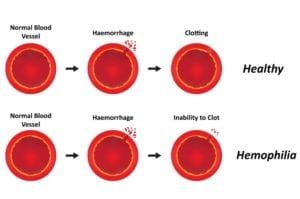Electrodiagnostic testing involves two separate tests – electromyography (EMG) and nerve conduction studies. The first is used to evaluate the function of the muscles and electrical activity within them when at rest and in use. Nerve conduction studies are used to evaluate the function of the nerves and how well they transmit electrical signals. The results can tell your doctor if symptoms are caused by damage to muscles, nerves, or potentially some other unrelated problem.
Did you know?
Electrodiagnostic testing can diagnose and help determine the severity of a number of conditions. Examples include nerve damage, peripheral neuropathy and myopathy. Electrodiagnostic testing is also a helpful tool for diagnosing focal neuropathies, such as carpal tunnel syndrome.
Frequently Asked Questions
Do I need to undergo electrodiagnostic testing?
You may be a candidate for electrodiagnostic testing if you suffer from tingling, numbness, weakness or pain that radiates from your spine or neck. Using electrodiagnostic testing, your doctor or therapist can evaluate the cause of symptoms and make a diagnosis. This helps eliminate confusion over weather muscle weakness is a result of pain or physical damage.
What should I expect during electrodiagnostic testing?
During an EMG, a very fine, sterile needle will be inserted through the skin and into the muscle being examined. You may experience some discomfort, but it should not exceed that of an injection. You’ll be asked to gently flex the muscle while data is collected. The nerve conduction study is less invasive, using topical electrodes rather than needles. Electrical pulses will be sent between electrodes to determine how quickly the energy is transferred through the nerves. It usually takes about an hour to perform electrodiagnostic testing, which may consist of EMGs, nerve conduction studies, or both.
Will I need to follow any special instructions after undergoing electrodiagnostic testing?
In most cases, you will receive the preliminary results of electrodiagnostic testing the same day as the tests. Depending on those results, your doctor may be able to pinpoint the cause of your symptoms. Sometimes, the results of EMGs and nerve conduction studies are not definitive. However, they may provide a starting point from which your doctor can determine if further testing is necessary.











































































































































































































































































































